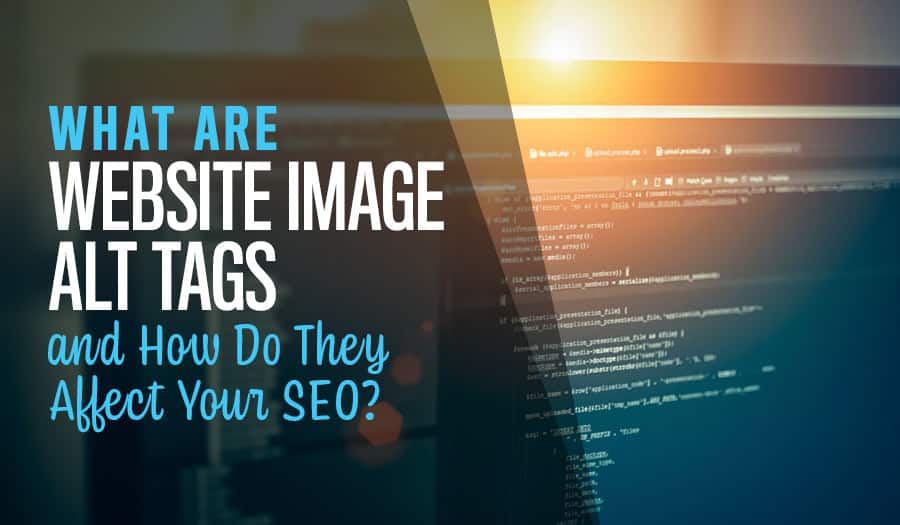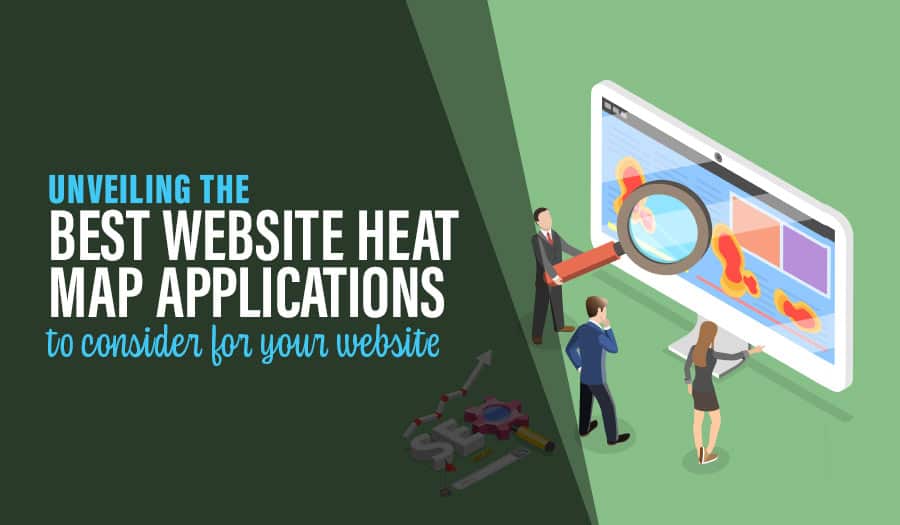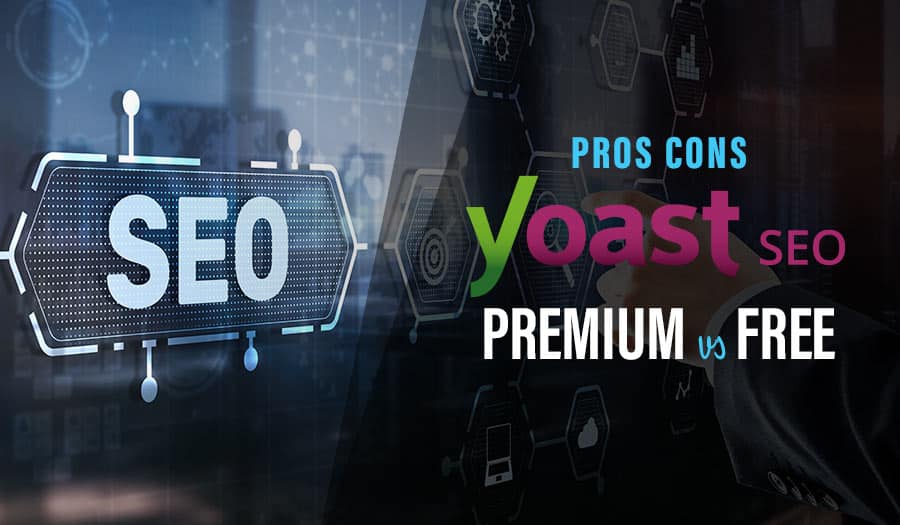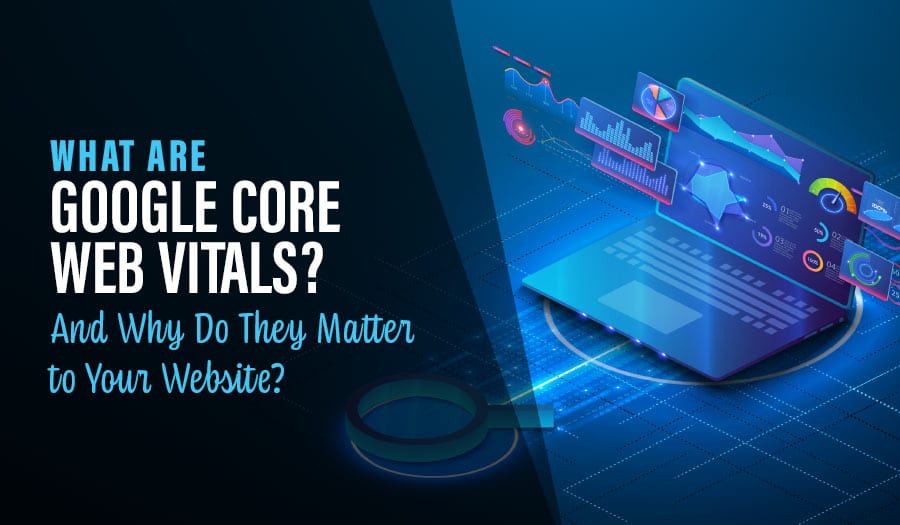What is image alt text and is it important for your website? Well, to put it simply, image alt text can transform your website’s images into hyperlinked search results, paving the way for even more visitors to find their way to your website.
What’s more, image alt text provides visually-impaired visitors to your website with a better user experience and can also help boost your website’s SEO. So, ready to learn more?
What is an image alt tag?
An “alt attribute” (or “alt description”) is often referred to as simply an “alt tag”. An alt tag is a HTML attribute which is applied to image tags, providing search engines with a text alternative for interpreting an image.
A main purpose of alt tags is to improve the user experience for the visually impaired. Alt tags have been part of the web since 1995, with the release of HTML 2.0, but are often inadequately implemented or unsupportive of visually impaired web users.
Alt text allows screen-reading tools used by the visually impaired to describe your images. The alt tag is ‘read’ by screen readers used by both blind and visually impaired people in order to describe the image for them.
Alt tags are a basic information device that should be employed when your aim is to create an accessible website. Aside from making your website accessible to all, when you get your alt tags right you will actually be ensuring your website’s SEO is more effective. Alt tags help search engines provide the most relevant results when a user searches for images. Applying images that appear on your website to alt tags can therefore have a positive effect on your search engine rankings
What role do alt tags play in SEO?
An optimised website is likely to appear higher in Google searches, and while Google uses many different factors when deciding where your website will rank, alt tags certainly play an important part in image search results.
Google extracts information from alt text and uses this, along with computer vision algorithms and page content, to interpret the subject of the image. Googlebot and other search engine crawlers cannot interpret images, unlike people who can discern considerable information from images. Often on ecommerce sites product photos can support sales as much as, if not more than, the accompanying text does. Therefore, having product images appear, and rank highly, in Google search results can result in an increase in organic traffic – and alt tags are the key.
Search engines and other robots require alt tags to provide text deciphering each image for them. Alt tags allow them to ‘read’ the information found within the images. Images with correctly formatted alt text enable search engine crawlers to use the information provided to contribute to the inspected web pages’ rankings and how the page is indexed.
Where is an alt tag located?
Alt text can be found within the image tag, for example:
The alt text describes the image and often – when using an image as a button – it will describe the function of the image on the page, for example:
Tips on writing image alt text
Your aim when writing an alt tag should be to provide enough information so that people who are unable to see the image can easily understand what the image represents, and why it appears on the web page.
You should avoid writing your alt tags only for SEO and search engines. Your aim should be to communicate the functional information that the image conveys when viewed.
Best Practices
- Keep your text brief. Shorter alt texts are easier for Google and other search engines to efficiently index, and should always mention the topic.
- Usually product images are optimised with identical keyword/s to the product page it relates to.
- Resist keyword stuffing – Google, and other search engines, do not look upon this favourably and it will likely work against you.
- Alt tags should only be prioritised for pages that are image-laden and text light. Never prioritise alt tags over important SEO factors such as inter-linking, titles and/or meta-descriptions.
- When writing alt text, be unambiguous and descriptive. Consider the image and the context of the image while being as specific as possible. Sometimes describing what is in the image is not the same as the intent of the image: for example, a ferocious looking lioness with her young could be described as “angry lioness and cubs”. However, if the image was being used to convey an image of a mother who would do anything to protect her offspring, then a different description, such as “protective mother lioness guarding her cubs” would better convey the image’s intent.
- Conduct a website audit of your images, including those found in any blog posts. Try to incorporate alt text into as many images as you can and monitor traffic to note any changes in organic traffic rates to the pages with new alt tags.
- Do not use “picture of” or “image of” or “photo of” in your alt text. You have around 125 characters available to you before search engine crawlers will stop ‘reading’ your alt text. Besides, the robots already recognise alt text as an image description, so avoid wasting those precious characters!
- You should apply alt text to your form buttons, such as ‘submit’, ‘sign up’ and ‘send’, however consider your visually-impaired visitors who ‘listen’ to your website being read to them by an on-screen reading tool and refrain from labelling every item on your page, such as decorative items, borders, bullets, decorative backgrounds and other unnecessary icons.
- If an image is devoid of purpose, such as those included purely for design reasons (as mentioned above) these images (which should sit in your CSS, not in your HTML) should be given an empty alt attribute, if you aren’t able to change them. Images with an empty alt attribute ensure screen-reading tools will ignore these images.
- Including several relevant images with your blogs and articles will encourage people to read them and – when you nail the alt tags – you will also be improving your ranking in image search results, too.
- Google mines information relating to the image from the page’s content – including image titles and captions. Keep this in mind when creating alt tags and when you are able, place images near relevant text and page content. Google will also look at an image’s filename, so name your images accordingly (‘apple_iwatch.jpg’ rather than ‘IMG9981.jpg’). You can read more about Google Image best practices here.
- Alt text can be helpful as anchor text when using an image as a link.
Remember, when you are creating alt text, select beneficial, information-rich content consistent with the context of the page. Concentrate on useful descriptors, and avoid keyword stuffing, endeavouring to use at least one image with an alt tag that includes your focus key phrase.
It is well worth investing the time to get the images right on your website. Alt tags are one of the most fundamental considerations when creating an accessible website. If your existing website isn’t accessible, it’s never too late to seek out expert advice. With over 15 years of experience, Pixel Fish are renowned for creating engaging websites that convert!
Take that next step and get in touch with Pixel Fish. We can arrange a time to sit down with you for a website planning session so that we can gain a clear idea of the look and feel you envisage for your website, and ensure your website’s navigation, contact forms and content is perfect.
Let Sydney’s leading Web Design Agency take your business to the next level with a Pixel Fish Small Business Website.
Check out some of our latest Website Design projects.
Further Information
Top 10 Steps to Start a Successful Online Store
What Is Google PageSpeed Insights and How it Can Improve Your Website
How to Successfully Balance UX and SEO for The Most Effective Website
10 Reasons Your Website Is Fundamental to the Growth of Your Business



